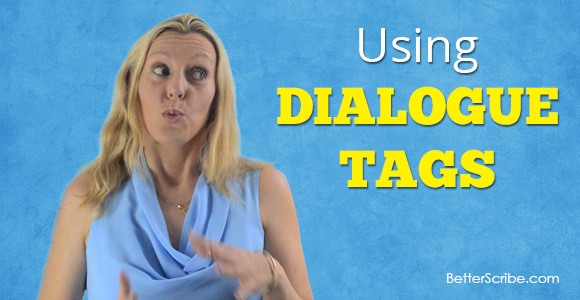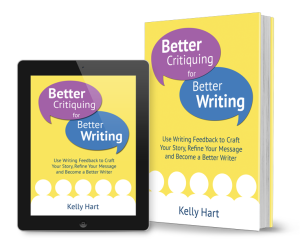 So what is head-hopping?
So what is head-hopping?
This is a term people use to describe a sudden and unexplained point of view switch in writing.
Why is head-hopping a problem?
When reading fiction, the reader suspends their belief and becomes immersed in the fictional world you have created.
Head-hopping can have the negative effect of jarring your reader out of the story and breaking that suspended belief. The reader finds themselves back in the real world when they wanted to experience the fictional world of the book.
If this happens too often, the reader may stop reading the book and avoid other books written by you.
Well, why wouldn’t they?
You have broken your contract with them. This contract was one of trust. They trusted you to provide an enjoyable read and you haven’t delivered.
Once you break trust, it’s extremely hard to regain it.
Now you may be thinking that you know of popular published books that head-hop and that it’s a valid technique to use.
I have found there are four reasons why head-hopping occurs in published books.
- The author is so talented and practised at head-hopping that it’s seamless and the reader doesn’t notice the switch of point of view.
- The author has a large following of rabid readers and the book has been pushed through the publishing process quickly.
- The author didn’t have an editor to point this out, or the editor was not experienced enough to identify this.
- The author ignored their editor’s advice.
The last two reasons are scary.
If you have had a professional editor go through your manuscript and they have pointed out head-hopping issues, you need to take a closer look and review these comments.
The editor will be pointing them out because they’re not seamless, which means these sections need more work. Whether you decide to smooth them out or whether you change that part to the other point of view you have used in that section is your choice.
Some writers believe head-hopping is the same as omniscient point of view. This is not the case.
Omniscient point of view is where the narrator is telling the story and may be dipping into characters’ minds to explain what they are feeling, seeing or hearing. You may have an obvious narrator (where the narrator becomes a character in itself) or you may have a more subtle narrator. But even though the narrator is explaining what another character sees, feels or thinks, they still do this in the narrator voice.
How do I avoid head-hopping?
So what do you do if you wish to change point of view characters?
If you’re using first person, second person or third person point of view, make the change in point of view obvious by starting it in a new chapter or after a scene break.
If you’re using omniscient point of view start the new perspective in a new paragraph, unless you have an excellent reason for changing point of view mid-paragraph. Even if you have a great reason, you may want to consider whether the switch is confusing or hard to read.
If a reader has to go back and re-read sections to understand your writing they may decide it’s too much trouble to bother with.
A good way to find out if you’re head-hopping is to get others to critique your manuscript or have a professional editor look through it.
You may also want to check out the point of view blog to make sure you have chosen the correct point of view for your manuscript.






Connect With Kelly